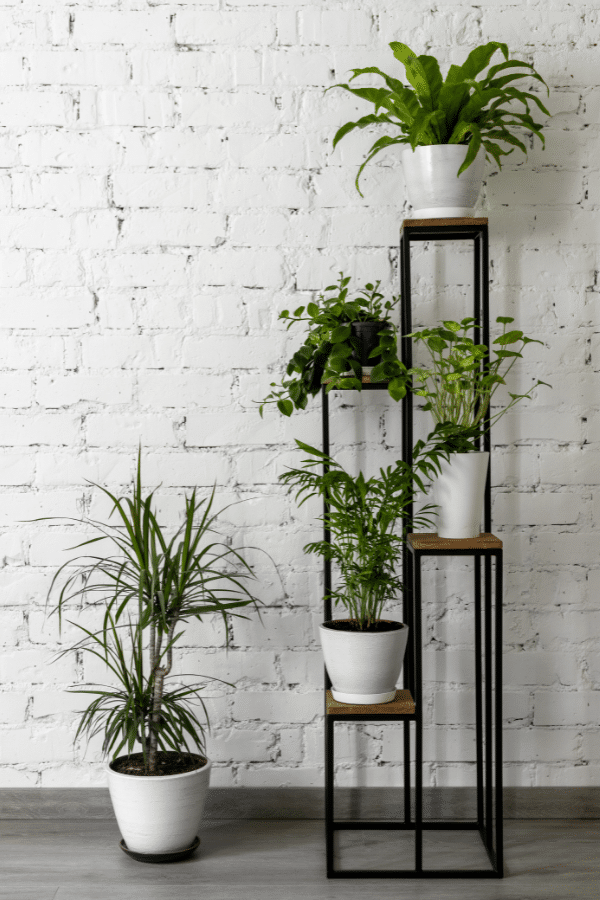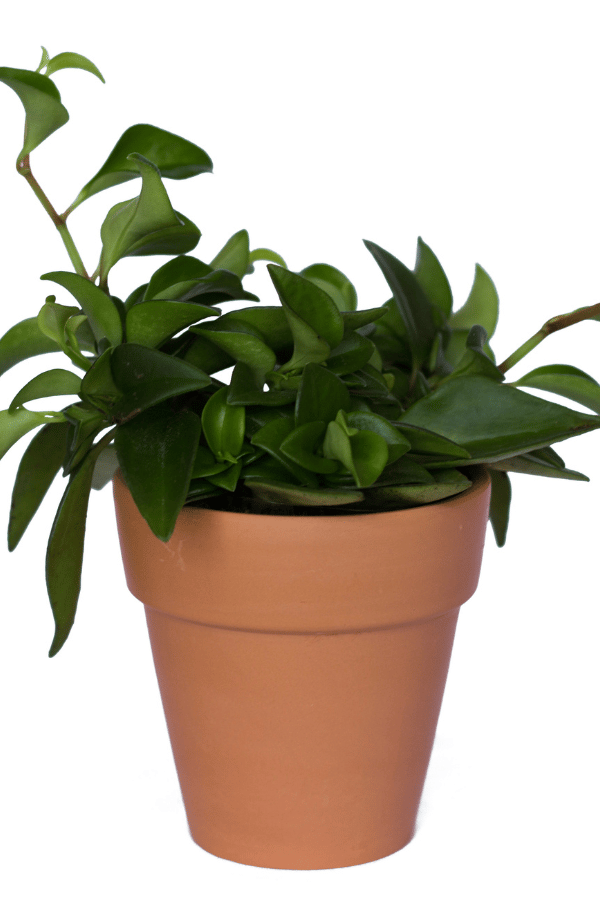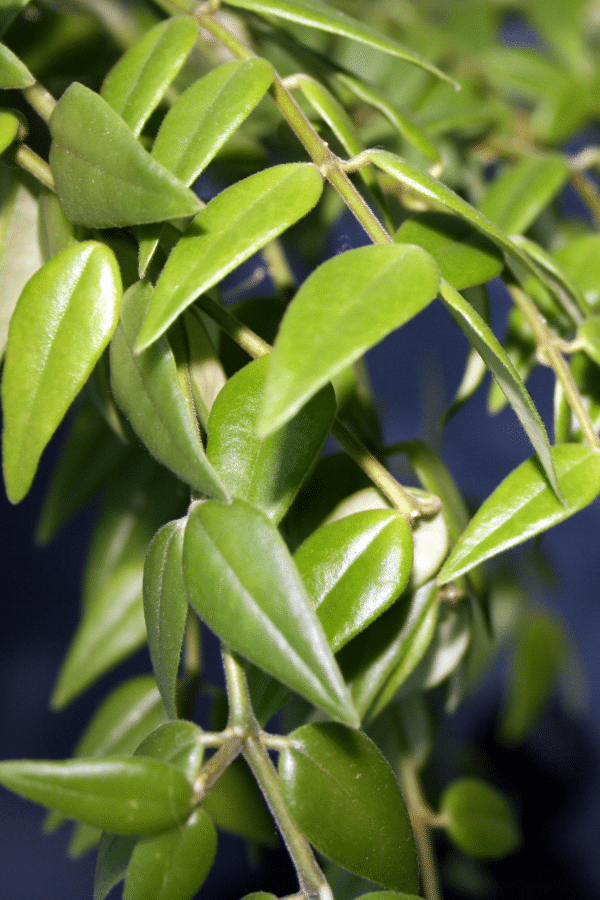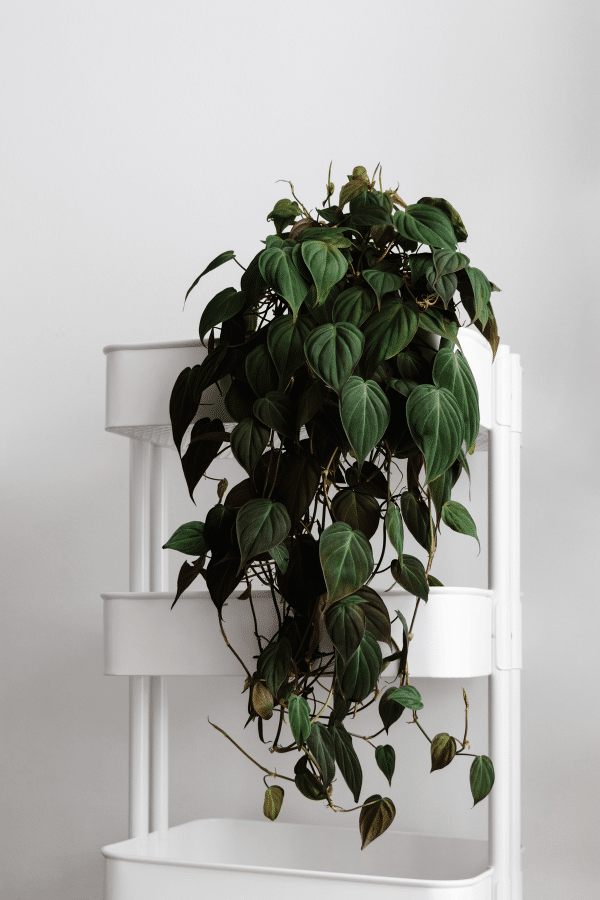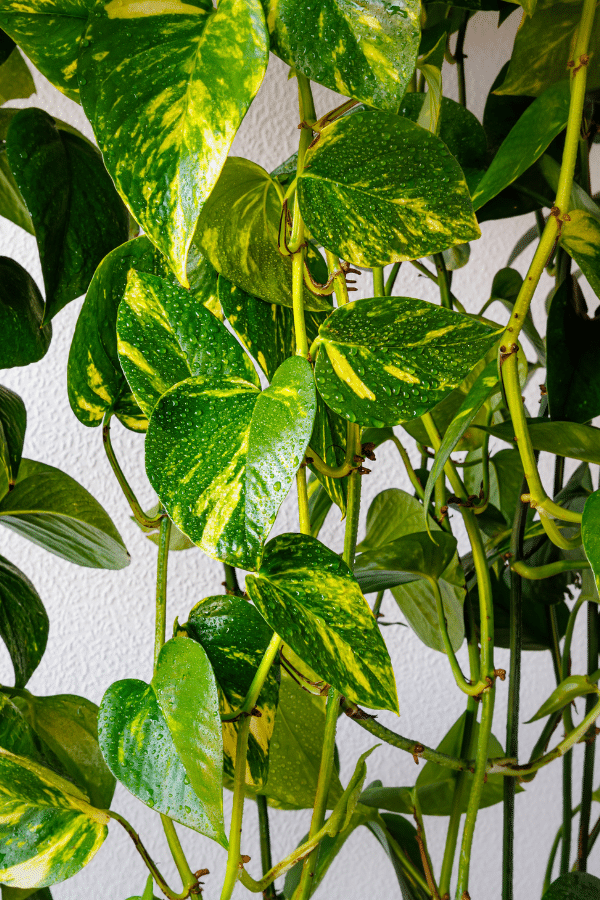Philodendron Grazielae
Scientific Name: Philodendron Grazielae
Common Name: Philodendron Grazielae
Philodendron Grazielae care is an easy Philodendron to grow and care for. If you are looking for a climbing Philodendron, a Philodendron Grazielae plant may be for you.
To give this Philodendron plant the best care, it requires well-draining soil, water the plant when the top two inches of the soil is dry, provide it with bright indirect sunlight, temperatures ranging from 68-80F, and high humidity levels.
Quick Care Overview
| Common Name | Philodendron Grazielae |
| Scientific Name | Philodendron Grazielae |
| Family | Araceae |
| Origin | Peru |
| Growth Rate | Fast |
| Identification | Heart-shaped glossy green foliage |
| Height | Up to 3 feet tall |
| Soil | Well-draining soil |
| Water | Water when top two inches of soil are dry |
| Temperature | 68-80F |
| Sunlight | Bright indirect sunlight |
| Toxic to Cats & Dogs | Yes |
| Toxic to Humans | Yes |
| Pests | Scale, mealybugs, aphids, fungus gnats |
| Diseases | Root rot |
Below we will dive deep into this Philodendron Grazielae care guide.
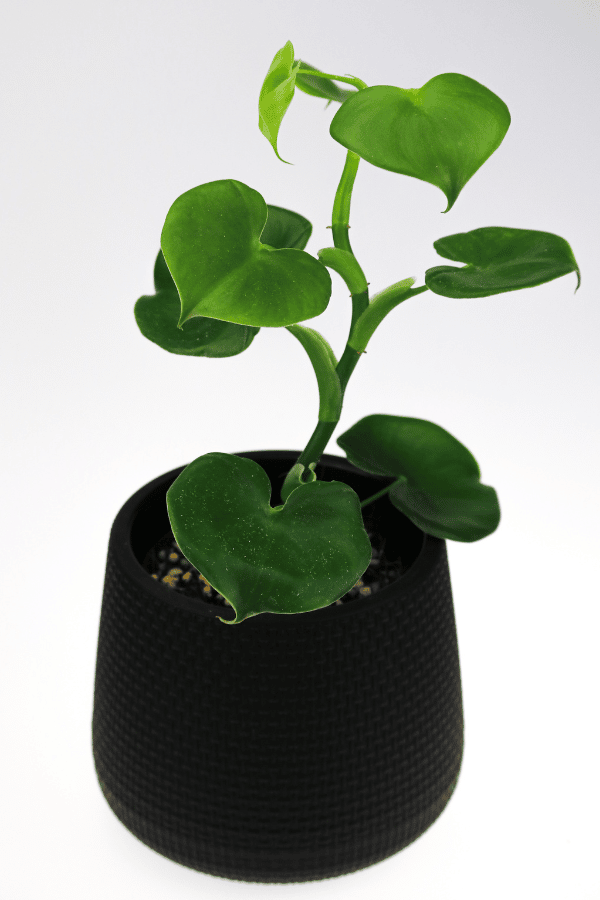
Philodendron Grazielae History
Peruvian native, Philodendron Grazielae is a climbing Philodendron with medium-sized heart shaped-leaves. This tropical rainforest native loves to climb and adds a charming touch to the home. This plant is easy to care for and is perfect for beginners.
Philodendron Grazielae Identification
This gorgeous Philodendron has lovely glossy, green foliage that may grow up 5 inches. This climbing Philodendron has classic Philodendron heart-shaped foliage.
Philodendron Grazielae Growth Facts
This fast-growing plant will stretch out quickly if kept in optimal growing conditions.
How Big Does a Philodendron Grazielae Get?
Philodendron Grazielae can grow up to 3 feet tall when grown indoors.
Philodendron Grazielae Care
This low-maintenance plant is perfect for beginners. It is drought tolerant and does not require much to keep it happy.
Philodendron Grazielae Soil
Philodendron Grazielae will prefer to be grown in an airy, well-draining soil. A perfect Grazielae soil mix for your will include a commercial potting mix, peat moss or coco coir, and perlite.
Philodendron Grazielae Fertilizer
Philodendron Grazielae does not require fertilization. However, it will benefit from a monthly feeding from a diluted, balanced liquid fertilizer during the warm season months of spring and summer—halt feeding in the fall and winter.
Philodendron Grazielae Watering
Philodendron Grazielae will like to remain watered regularly. Therefore, rewater your plant after the top 2 inches of soil has dried. This Philodendron is sensitive to overwatering, so if in doubt, hold off for another day or two. Watering frequency should be reduced in winter. Additionally, ensure that your plant is never allowed to sit in standing water within the plant container’s drainage tray.
Philodendron Grazielae Light Requirements
Philodendron Grazielae will do best with bright, indirect light. Direct sunlight will lead to scorching and discoloration. An eastern or northern-facing window will serve this plant nicely.
Philodendron Grazielae Temperature & Humidity
Philodendron Grazielae will do best if kept at room temperature – between 68 to 80 degrees Fahrenheit. Do not expose your Philodendron to extreme cold or heat. Philodendron Grazielae will not tolerate sudden fluctuations in temperature and you should keep your plant away from heaters, AC units, vents, and drafts. You should strive to always keep your Philodendron above 50 degrees Fahrenheit. Additionally, added humidity will promote the lush growth of this plant. However, added humidity is not necessary for this plant to survive. You may benefit the growth of this plant by adding humidity, such as from a humidifier or pebble tray. Alternatively, you may choose to frequently mist this plant or keep it in a humid room such as a kitchen or bathroom, providing it has ample light.
Repotting Philodendron Grazielae
You will need to repot your Philodendron every 1-2 years or whenever plant roots are seen poking through the container’s drainage holes. Select a container that is 2 inches larger than the previous one, repot your plant, tamp it down, water thoroughly, and place your plant in indirect light.
Philodendron Grazielae Maintenance & Pruning
Although Philodendron Grazielae does not require much maintenance, you should periodically prune it to keep it looking at its best. Remove any dead, discolored, or diseased foliage using sharp, clean shears.
Philodendron Grazielae Propagation
Philodendron Grazielae may be easily propagated through stem cuttings. First, cut a piece of stem with at least two leaves below the leaf node to take a stem cutting using sharp, clean shears. Next, allow the cutting(s) to callus for a few days. After your cutting(s) have callused, place them into soil and water thoroughly. Next, put them into indirect light and keep moist until well established.
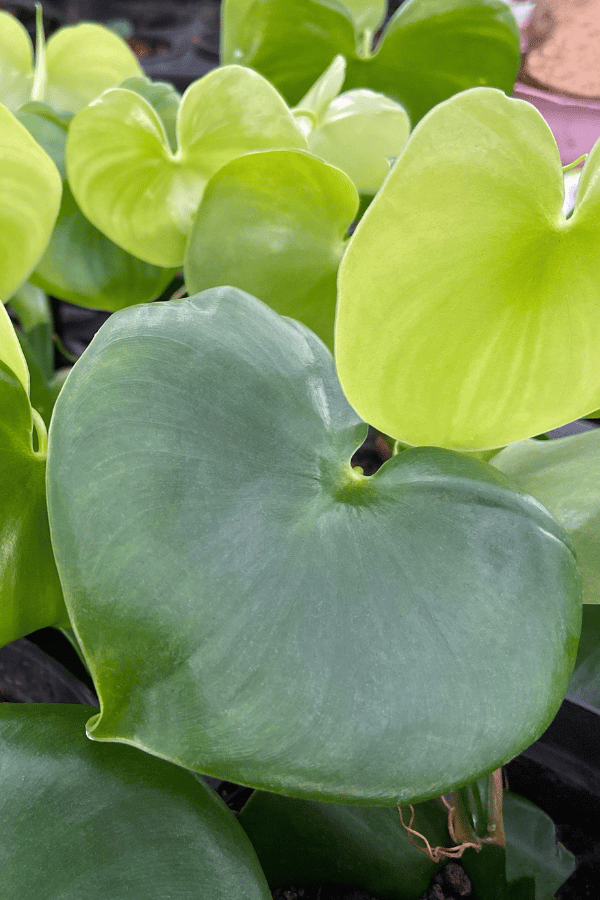
Philodendron Grazielae Toxicity
Toxicity to Humans
Like many other Philodendrons, Philodendron Grazielae is toxic to humans due to its calcium oxalate crystal content. Keep this plant out of reach of children and babies.
Toxicity to Cats & Dogs
Unfortunately, Philodendron Grazielae is considered toxic to pets. Therefore, keep this plant out of reach of cats and dogs.
Philodendron Grazielae Problems
Philodendron Grazielae Leaves Turning Yellow
Philodendron Grazielae may begin to yellow if it has been overwatered. Therefore, ensure you do not overwater your plant or allow it to sit in excess water within the plant container’s drainage tray.
Philodendron Grazielae Leaves Turning Brown
The most common cause of foliage browning when it comes to Philodendron Grazielae is due to too much direct sunlight. Ensure that you do not leave your Philodendron in intense, direct sunlight. Sheer curtains can assist in filtering some of the light
Philodendron Grazielae Diseases
Luckily, Philodendron Grazielae is not particularly prone to any diseases. However, this plant still may suffer issues related to overwatering. Ensure that you do not overwater this plant or allow it to sit in excess water within the plant container’s drainage tray.
Philodendron Grazielae Pests
Although Philodendron Grazielae is not noted to be particularly prone to pest infestation, it still can become susceptible to infestation from common indoor houseplant pests such as aphids, mealybugs, scale, and more. Periodically check your plant for signs of infestation. Upon identifying an infestation, isolate your plant, and treat it with a pesticide, such as neem oil or insecticidal soap.

